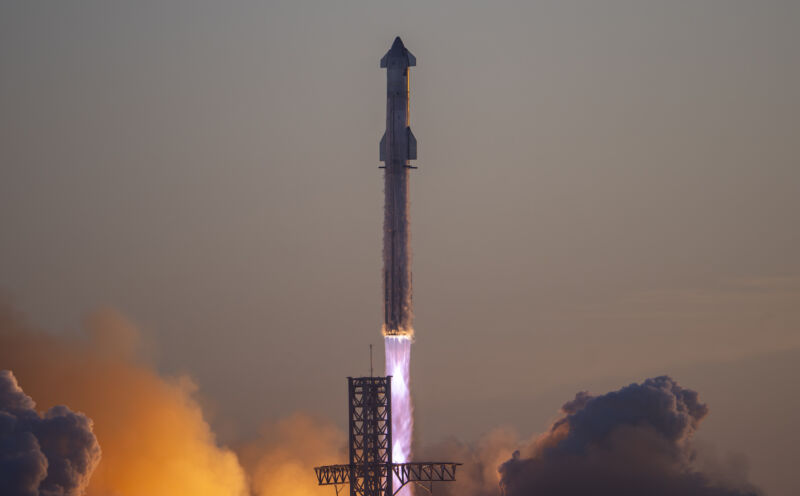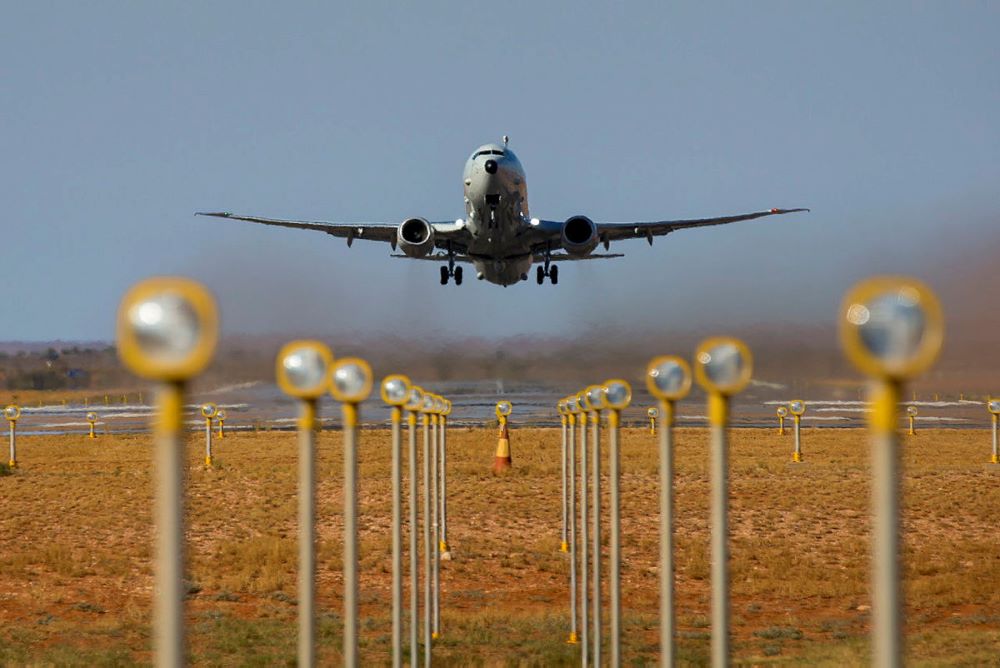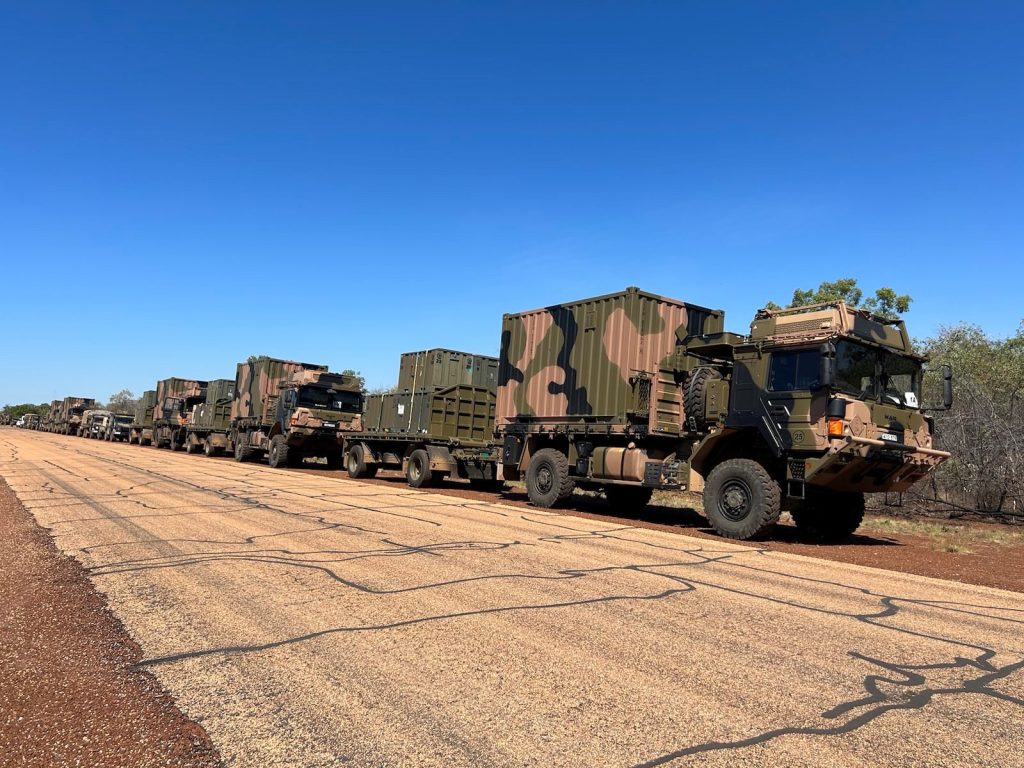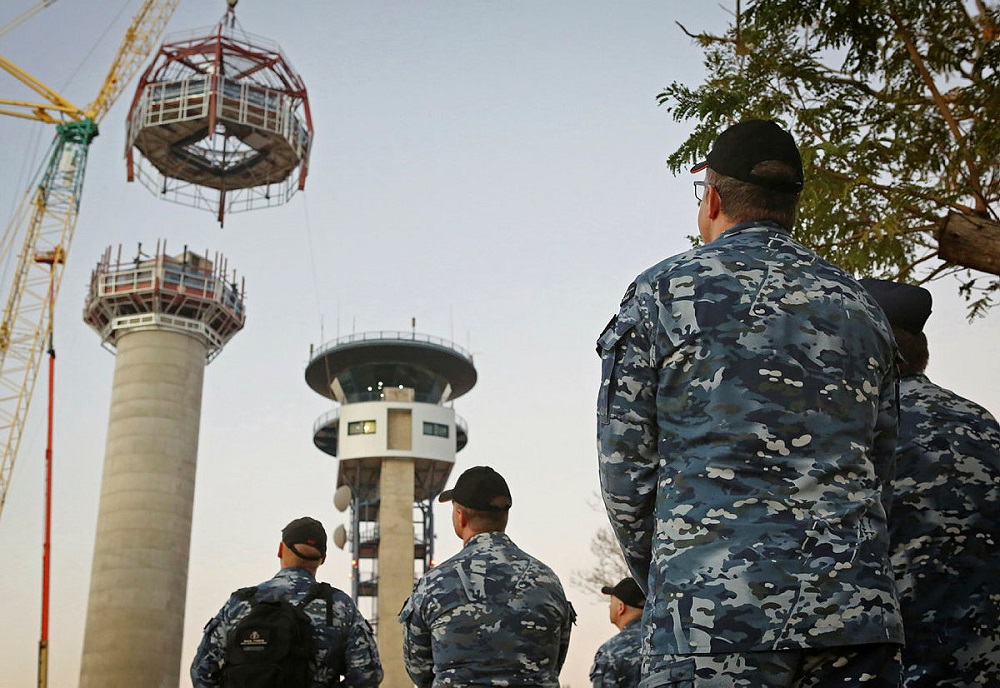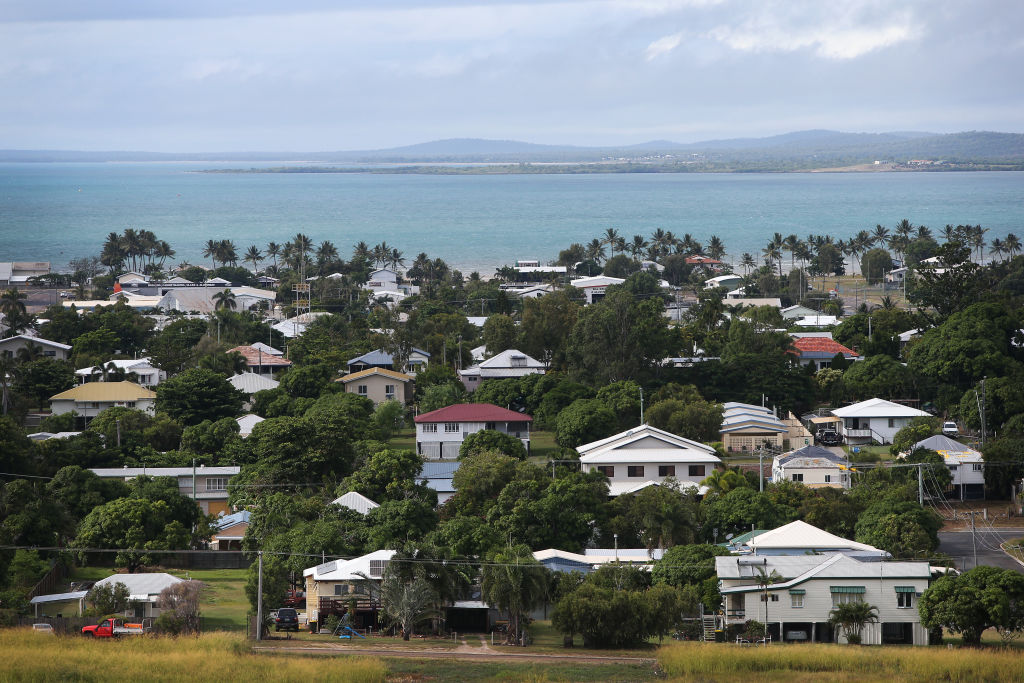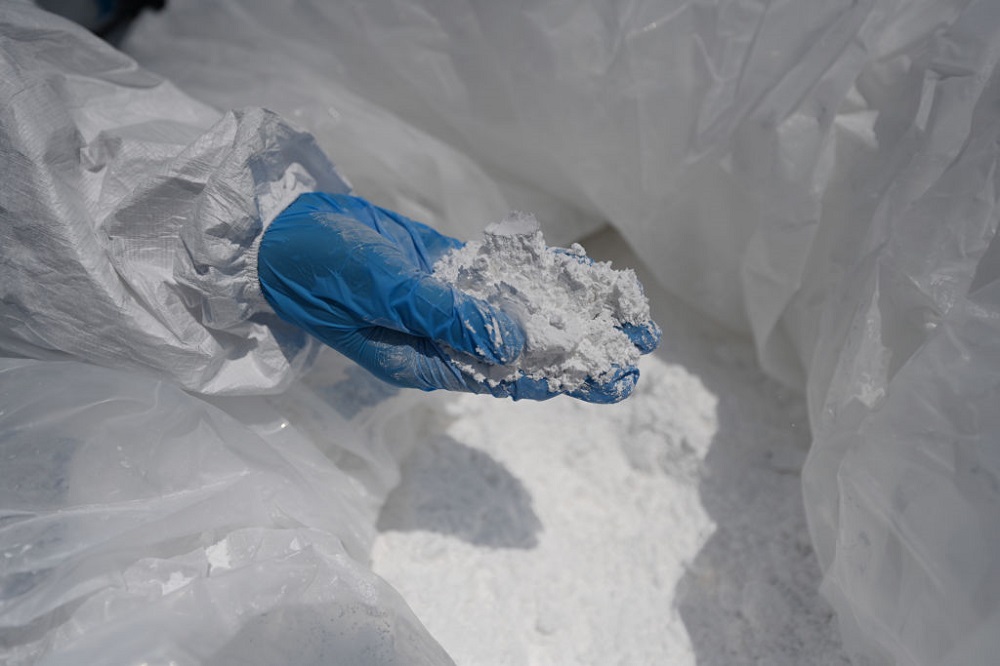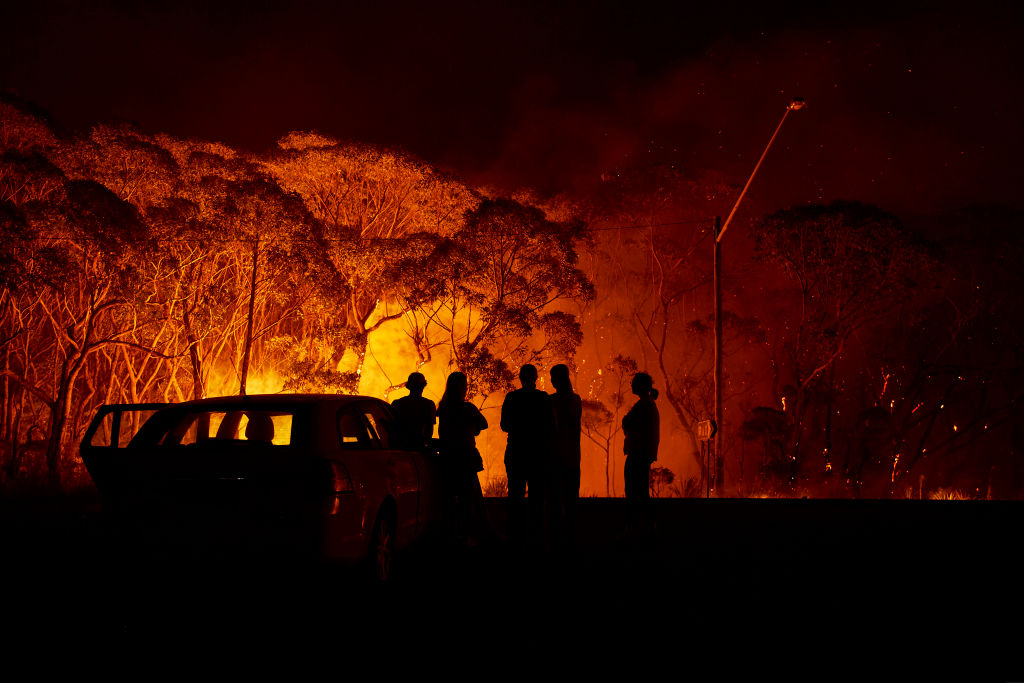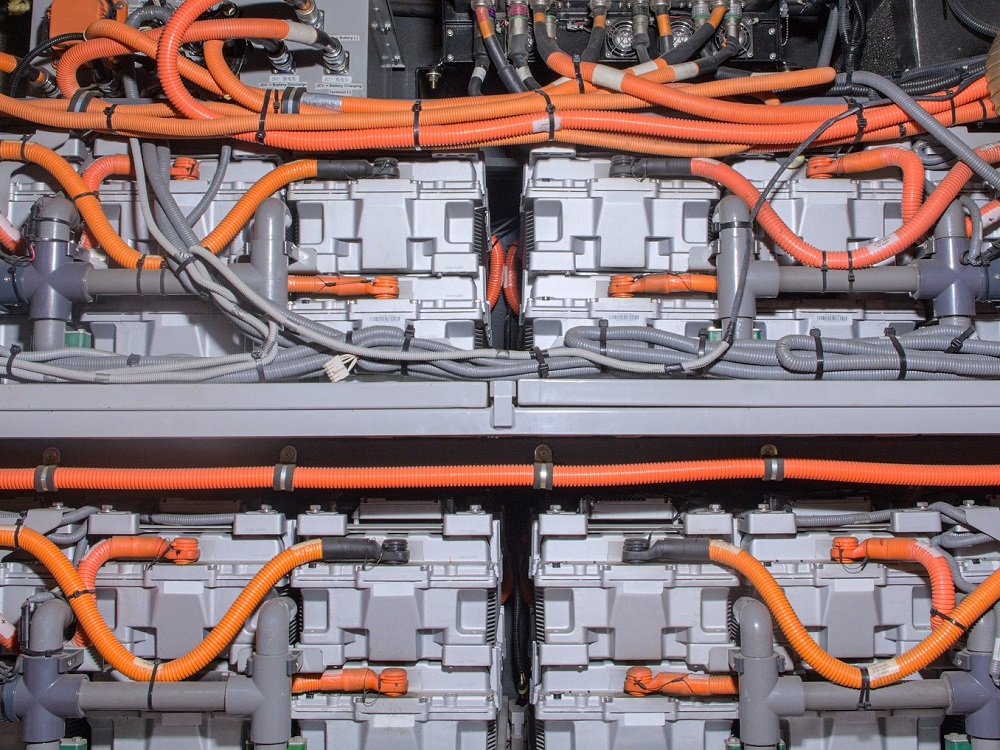Interstate linkages just as important to the NT as Asian connections
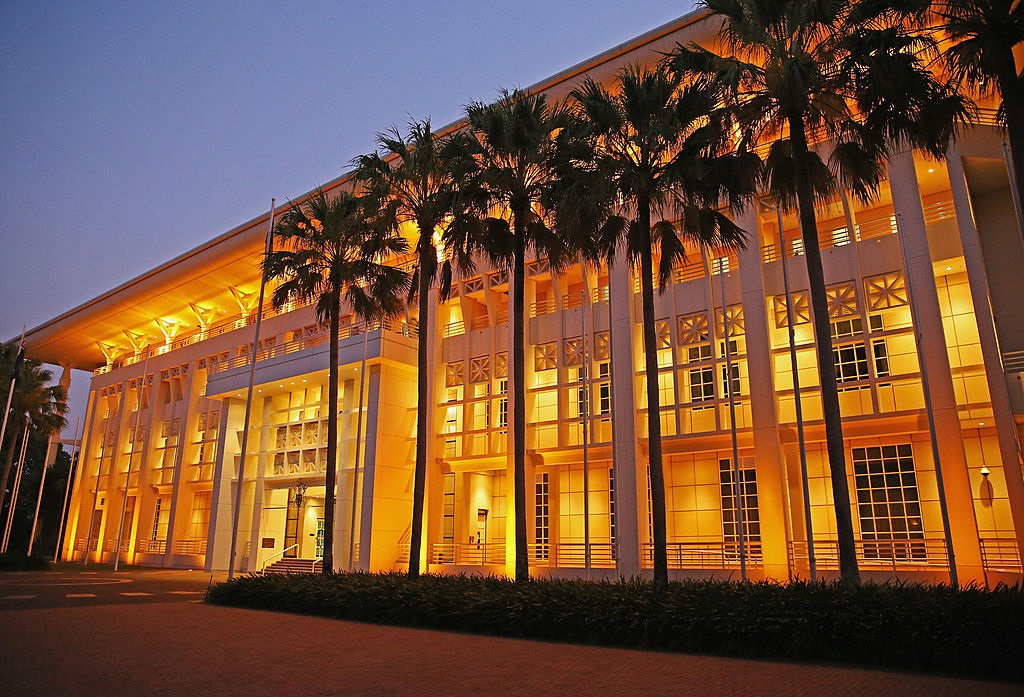
The Northern Territory government often compares the proximity of Darwin to Asian and Australian cities. To be sure, Asia is very close to Darwin, with Dili just one hour’s flying time away.
An often-used government map makes the point that within six hours north of Darwin live 485 million people but there are only 25 million Australians to the south. Chief ministers have repeatedly declared that the territory was as much part of Asia as of Australia, while trade delegations travel more often to Asia than elsewhere in Australia. The implication is clear: Asia is really important to the NT; the rest of Australia less so.
While this thesis may be true in terms of geography and demographics, connectivity between northern Australia and Asia is a long way from reaching maturity. Economically, commercially and financially, the territory more closely interacts with the rest of Australia than it does with Asia. Therefore, its linkages interstate remain more important than the high potential economic linkages with Asia and beyond.
Of course, from national security and defence standpoints, the territory has keen interests to its north. The defence presence is also a key contributor to the economy. Even then, defence planning and resourcing are functions largely conducted interstate: ‘operate from the north and sustain from the south’ is an unofficial mantra among some in Defence.
Despite the NT government arguably overstating of the importance of Asia relative to the rest of Australia, Asia is a vital and growing market and source of investment. The Japanese-operated INPEX Ichthys LNG project is the biggest single investment in NT history. The bulk of its minerals and energy exports are to Asia and these are likely to grow.
Part of the reason for under-recognising the importance of interstate markets and inward investment has been a lack of data, unlike detailed overseas trade data, which is collected by the Australian Bureau of Statistics. Data collection on interstate relationships has improved in recent years, however, and it is revealing.
NT government logistics data published in 2020 shows that outbound shipments though the Port of Darwin (mostly exports) totalled 1.4 million tonnes. In comparison, interstate outbound freight by road and rail totalled a remarkable 1.2 million tonnes. Imports via the port totalled 691,000 tonnes, while 1.8 million tonnes of inbound freight arrived from interstate.
The revived concept of land-bridging container traffic via the port being pursued by rail company Aurizon would change the relative volumes but would also reinforce the territory’s interstate and overseas trade connections.
In agriculture, the bulk of production is sent interstate rather than exported. In the five years to 2022, live cattle exports totalled 1.2 million head, while 2.1 million cattle were sent interstate.
Almost all NT fruit, seafood and tropical plant production, with a value of more than $500 million in 2021, goes to interstate markets rather than international markets, although some premium primary products from the territory are exported from interstate ports.
The fact that interstate outbound freight generates 46% of total outbound freight is testament to the value of NT exports to interstate markets relative to overseas exports.
Interstate travellers dominate the visitor industry. In 2019 they made up 85% of visitors from outside the territory, while those from overseas were a still handy 15%.
Interstate migration is also critical. The territory has the highest rate of turnover of residents in the nation, with the majority arriving from and leaving for other Australian jurisdictions. In the five years to the end of March 2023, 84,000 people arrived from interstate and 94,000 departed, a turnover equivalent to 71% of the NT’s total population.
The NT’s residential housing stock is valued by the ABS at $23 billion (chain volume measures), making dwellings one of the largest private asset classes. Almost all are financed by banks headquartered interstate.
Small enterprises (which the ABS regards as those with under 20 employees) make up 96% of NT businesses by number and their finance also comes from Australian banks.
The territory is more dependent on Commonwealth funding than any other jurisdiction, with grants from the Australian government plus GST transfers from other states totalling 70% of revenues. Taxes, royalties and other income from within the territory generate only 30%.
While several of the largest NT resources projects are operated by companies based overseas, the bulk of current exploration projects are Australian-owned, with most of these companies based interstate. Of the 71 minerals companies with active exploration projects, 63 are headquartered interstate, six overseas and two in Darwin.
The territory is highly dependent on long, thin supply chains from and to other jurisdictions. When transport infrastructure is disrupted by natural events or accidents, they have often occurred interstate.
Asian markets offer considerable promise for the territory, and for Australia at large, but Australia’s linkages with the region are underdeveloped. In 2021–22, Australia’s trade with New Zealand was higher than with Indonesia, Vietnam, Malaysia, Thailand and Hong Kong. Darwin cannot expect to unilaterally mature these relationships.
These indicators point to a need to reinforce the territory’s interstate engagement in addition to its Asian relations. Asia might be a large part of the NT’s long-term economic future, but right now the rest of Australia remains more economically, financially and socially relevant.
The NT government has for years focused on influencing Canberra. It has a engaged a defence and national security advocate and runs the annual ‘Facing North’ event at Parliament House in Canberra. The Beetaloo sub-basin has high potential as a contributor to both gas exports and national energy security and its development has won support from the Australian government. The government uses national interest justifications to promote priority infrastructure investments into and within the territory.
Asia is a vital market for the NT’s minerals, energy and agricultural products and for exports from the rest of northern Australia. Reaching the north’s economic potential and its role in national security also require attention to domestic trade and logistics linkages. In addition to the NT’s international business strategy, therefore, a broad-based year-round interstate engagement strategy will help to sustain the economy, underpin the next wave of economic development, improve resilience and reinforce national security.
The territory needs to both understand and explain better its interstate linkages and use them as a basis for advocacy and promotion. It should broaden its engagement with other jurisdictions to sustain and build interstate markets; justify interstate transport infrastructure investments; tell the territory story to Australian investors, decision-makers, potential residents and visitors; help territory householders and businesses get finance from Australian financial institutions; and build business and government engagement with northern Australia.

